Growing up I always knew I had ties to the town of Lares, Puerto Rico and the connection came via the paternal side of the family. My great-grandmother was born and raised in Lares, and just before she passed I got the chance to meet her in the early 1990s. I don’t remember much about my trip to Lares since I was less than five years old, but I remember my great-grandmother’s face, either from the photos we took that day that we still have or from snippets of the actual memory itself. I, however, in all my research into Lares had never found any connections to “El Grito de Lares” an important town event and also an important one in Puerto Rico’s history. Having no known connection to that event, I brushed it aside and kept researching my family.
It wasn’t until years later and a completely different part of my family that I found a slight connection to this event. So in this post, I will talk about how the 1874 Lares Census led me to this connection!
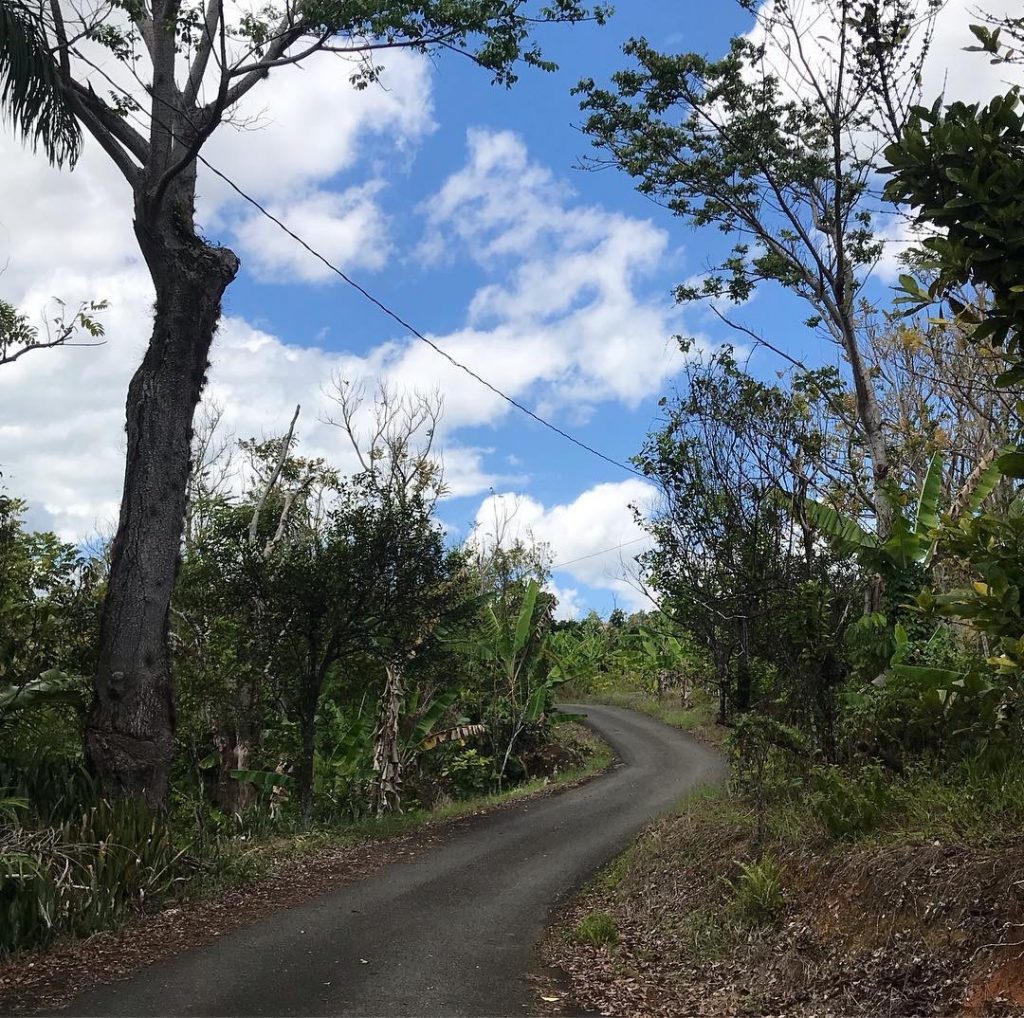
I knew that my paternal great-grandmother’s side of the family lived in Lares in the mid-late 1800s and continues to live there today; however it was not clear how early her branch settled there. Research proved to me that out of the various branches I had in Lares, it seemed not many actually were established there for a long time. These were the surnames I had on that side of the family and where they were from before Lares:
Avilés – Añasco?/Aguada?, Puerto Rico
Magraner – Sóller, Mallorca
Padilla – Yauco, Puerto Rico
González – Yauco, Puerto Rico
So it seemed that by the early 1800s, my family was actually not living in Lares. Which also makes sense with the town’s timeline given that the town itself was established in 1827.
However, in the 1874 Census I expected to find at least some of my family given that it was only about 10 years prior to the records I had for my family from the Registro Civil. To my surprise, my Lareño side of the family wasn’t the one side I found living in Lares. If not, it was my Ríos González line, who mostly spent time in the other mountain towns of Utuado, Adjuntas, and Jayuya actually wound up also spent some time it seemed in Lares.
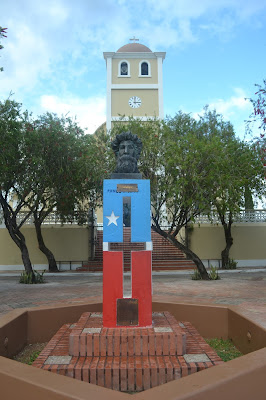
Lares, Puerto Rico: 1874
Since the census is not digitized, this meant I had to dig through the census one-by-one to see if I would be able to find various family units listed in the various barrios of Lares. Originally I focused my search to only the barrio of Río Prieto, where I knew my family was living since at least the 1880s. However, not find anything led me to widen my search a bit which brought me to the barrios of Latorre and Mirasol.

This last couple listed on the page above, “Juan Río Medina” (67) and “Dolores González Pérez” (60) seem to be my 4th great-grandparents. They are listed as living with their children Ramón (31), Joaquín (29), Dolores (27), Francisco (24), and Sandalio (21) (he appears on the next page). It doesn’t state their town of origin but from other research the couple likely originated from the town of San Sebastián. Juan and Dolores would end up dying in other towns, the former in Jayuya and the latter in Utuado. My 3rd great-grandmother, their daughter, Ana Ríos González herself lived and died in Adjuntas, and likely she was already there by the time this census was taken since her first documented son José María Vélez Ríos was born in 1867 in Juan González, Adjuntas, Puerto Rico.
When my 4th great-grandmother Dolores González Pérez died in Utuado, Puerto Rico in 1889, the following children were listed for her: Sandalio, José, Pedro, Ramón, Juan, Joaquín, Nicolás, Francisco, Antonio, Gabriela, Ana, and Dolores. You can see that many of the names match up to the children listed in the 1874 Census.
The real surprise came for me in the barrio of Latorre, Puerto Rico with one of Dolores’ children listed above.

In the household listed above, we see Gabino (Gavino) Plumey Irizarry (38) as the head, listed with his wife Gabriela Río González (37) and their children Juan (18), Pedro (16), Agripina (15), José (14), Enrique (12), Erwilda (11), Ricarda (9), and Natalia (2).
This Gabriela Río [sic] González would be my 3rd great-grandaunt, daughter of Juan Ríos Medina and Dolores González Pérez and sister of Ana Ríos González. Gabriela would end up staying in Lares, Puerto Rico and dying in 1904 still living in the barrio of Latorre. Her death record confirms that Gabino (Gavino) Plumey was her husband.
El Grito de Lares
For anyone who has done research into the Grito de Lares there are probably a few names that stick out such as Ramón Betances, Marianna Bracetti, Manuel Rojas, or Mathías Brugman to name a few. However, over the years in my research of this event I had heard the peculiar surname “Plumey” before attached this revolutionary act and rightfully so it was this same “Gavino Plumey”, husband to my 3rd great-aunt who was involved.
For those of you that might not be familiar with this event, “El Grito de Lares” (known in English as “The Cry of Lares”) was a planned revolt against the Spanish government in 1868. The revolt ultimately failed, though afterwards it was worked out for some more political autonomy to be given to the island. Ultimately, in 1898 Spain would lose Puerto Rico to the United States in the Spanish-American War.
Research in “Google Books” shows that Gavino Plumey was involved in El Grito de Lares as a “general of division”. However, he was not killed during this revolt/uprising since he goes on to die in Lares, Puerto Rico in 1915. The 1874 census is him and the family listed after the revolt.
Were people in Lares proud of him? Did he serve time in jail for trying to help overthrow the government? What did Gabriela, my 3rd great-grandaunt think of this? Did she support him? What about his children? His older sons were about 12 and 10 years old when the revolt occurred. Did they remember much of it?
I thought it was pretty cool to see how I am sort of connected to an important Puerto Rican event in history. Gavino Plumey isn’t my direct family and so he doesn’t change the way I see my family and its history.
Interestingly, both of Gabriela’s parents Juan and Dolores would have been alive during the revolution as well and maybe even residents of Lares. Did they approve of their son-in-law’s involvement against the Spanish government? Seeing as how they were in Lares, they might have known or have met some of the other revolutionaries involved as well!
It’s fascinating to learn something on paper and then think about the social aspects of dynamics involved in that event.


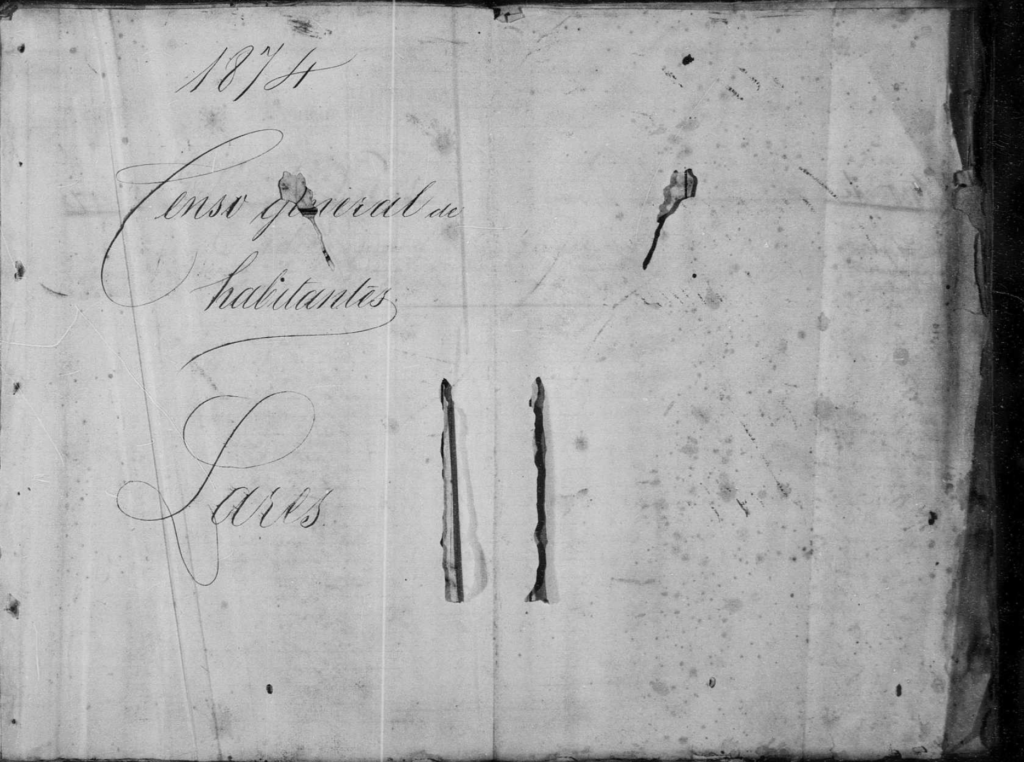
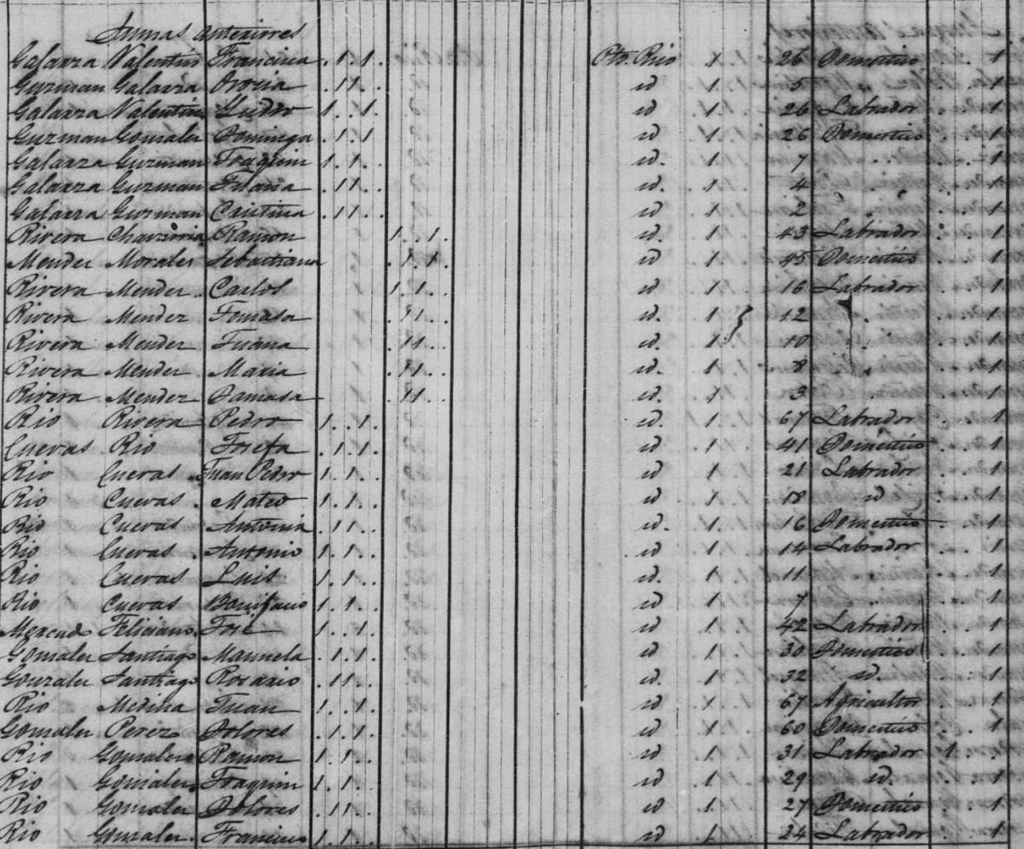
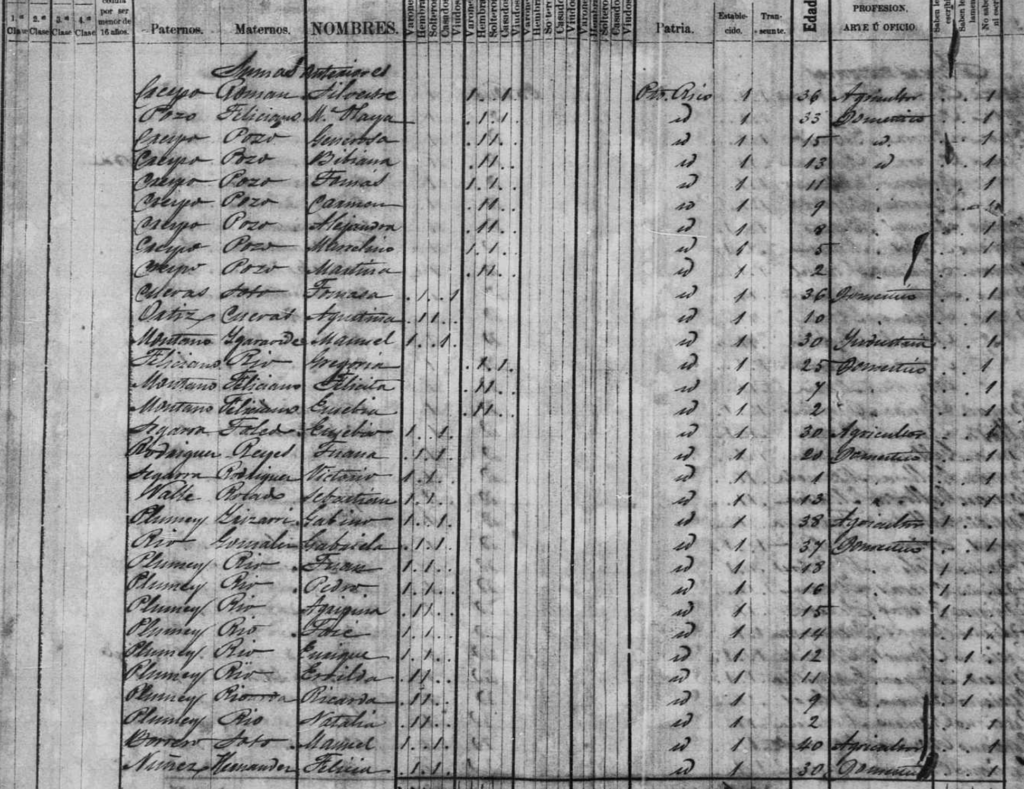
Hola Luis,
My 2nd great-grandfather was an uncle of General Juan Rius Rivera who was also a member of the “Capo Prieto”. He would have known Plumey, for sure. Although Rius Rivera went on to become a very famous hero fighting for the liberation of Cuba my Grandma’s reaction went always like this: “Don’t mention him, he was a terrorist!” Interesting article. Thanks!